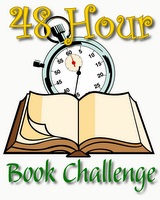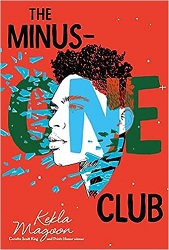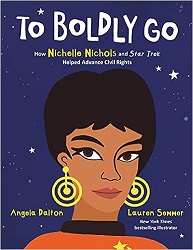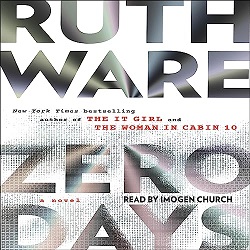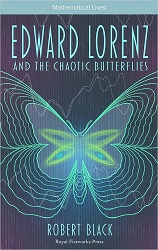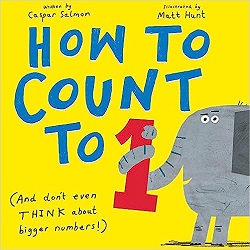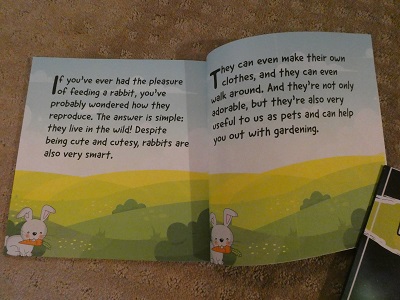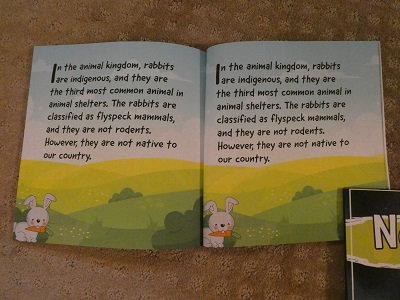 Razing Hell
Razing Hell
Rethinking Everything You’ve Been Taught about God’s Wrath and Judgment
by Sharon L. Baker
Westminster John Knox Press, 2010. 222 pages.
Review written July 3, 2023, from my own copy, ordered via amazon.com
Starred Review
For decades now, I’ve been collecting books on universalism. Razing Hell is a lovely example. The book is focused primarily on rethinking our views of hell, by looking at what the Bible says about it in the original languages, and checking how it matches the strong Bible message of a God of love.
I like Dr. Baker’s approach, because although she’s coming at it from deep scholarship (as evidenced by the list of sources in the Appendix), she makes the book accessible and uses the questions of actual students she’s known to elucidate these views. I also liked that she goes beyond presenting a new view of hell to talk about the aspects of theology that would affect, such as retributive vs. restorative justice and the purpose of the atonement. It’s all presented in a readable and accessible way, with the Appendix loaded full of references, both Scriptural and academic.
She presents a view of hell I found familiar from George MacDonald’s writings: She builds off the idea that God is a consuming fire. And then suggests that this fire is love — that will burn away what is evil — so will be painful for those who hold onto evil. She even imagined part of the pain of judgment may be an offender being confronted by the pain of all those they had hurt. She isn’t saying this image is necessarily exactly how things will go, but she does present a solid case that the purpose of hell is restorative justice, not retributive justice.
One small point that I don’t remember seeing in other books on universalism is that in the Bible, justice and violence are often presented as opposites:
First, in the biblical texts, justice is often opposed to violence. In Isaiah 5:7, God “expected justice [from Israel], but saw bloodshed” instead (NRSV). Isaiah 59:3-4 begins with the violent, wicked actions of the people, stating that “your hands are defiled with blood, and your fingers with iniquity; your lips have spoken lies, your tongue utters wickedness. No one brings suit justly, no one goes to law honestly” (NRSV). Because of these unjust, violent actions “justice is far from [them]” (59:9). If we compare that passage to Isaiah 16:4-5, it indicates that once oppression and violence are gone, justice is established. From these verses we see that justice and violence have nothing in common. In other words, where there’s violence, justice is absent. We may even be able to say that justice and violence stand as opposites so that one cancels out the other. The absence of justice in acts of violence begs this question: If justice is not present in violence, how then can we conceive of a God who executes justice through violence, especially the eternal violence of hell as we have traditionally thought it?
She talks about how forgiveness fits into this picture of justice:
Reconciling justice is also transformational justice. It pierces the darkness of retributive violence with the grace of God and the message of peace through love, forgiveness, and reconciliation. to do justice is to love; to do justice is to forgive; to do justice is to reconcile; this is a chain reaction in which love forgives, forgiveness reconciles, and reconciliation restores — all characteristics of divine justice, God’s reconciling justice.
And here’s a crucial question that years ago got me started along the path of universalism:
But does the defeat of sin within the person take place only in the temporal realm, within time itself, while we live in this body? Why should it? If we are beings who live on after death, like the Bible seems to say, what makes us think that God limits the bestowing of eternal grace to one time period? Why can’t God extend the offer of grace, forgiveness, and reconciliation through Jesus even at judgment — when all will be laid bare, when all persons will see the extent of their sin and the extravagance of God’s love?
And later on, she asks similar questions, after referring to the parable of the workers in the field (where those who labored one hour got the same wages as those who worked all day, who were angry about it):
If God desires to continue the work of reconciliation up to the last second, how can we protest? A sermon I heard as a new Christian put forth one of my favorite images of God as a God of second chances, a God who never gives up on us, who pursues us like a hound of heaven, always offering opportunities for repentance and reconciliation. Why wouldn’t God offer that same invitation on that final day? Why would God’s work of salvation end just because someone’s body dies? The work of Jesus must still be effective after the end of time or even after time runs out.
And here are some broader questions, at the end of the chapter “The Fire, the Wicked, and the Redeemed”:
Which vision of hell most coheres with the God revealed in Jesus — the view of hell in which persons suffer for all eternity with no hope for reconciliation with God, or the view of hell in which persons understand the depth of their sins, take full responsibility for them, and reconcile not only with God, but also with their victims? Which view offers a more compassionate eschatology? Which view takes more seriously the extensive significance of the life, death, and resurrection of Jesus? Which view most adequately and permanently exterminates evil? Can hell coexist with God’s kingdom of love?
And there’s more. She looks at specific Bible passages and the meaning of Greek words translated “hell” or “eternal,” among others.
Then I appreciated where she looks deeply at the Old Testament sacrificial system. It wasn’t about payment, but about cleansing and dedicating your life.
For the Hebrew people, blood was a symbol for life or the giving of life represented in the Old Testament sacrificial system. So when the priests sprinkled the blood on the altar, it symbolized the people giving their own lives up to God as living and holy sacrifices. The blood served as an outward symbol of an inward reality: the life of the worshiper given to God, set apart (the meaning of “holy”) for God’s purposes.
And then she lists many Old Testament scriptures, especially from the prophets, where they learn God is far more interested in their hearts than in their sacrifices.
We needed to see the message of the prophets, proclaiming that God rejected blood sacrifices, the formalism of worship without the heart to go with it, and the shedding of blood without the investment of a life given to God to back it up. I’ll reiterate for the sake of emphasis: God never intended for Israel to kill animals and pour their blood out on the altar as an exercise in itself. God hoped the people would catch on to the true meaning of the blood poured out and perform their external sacrifices as a symbol for the true internal sacrifice of their very lives set apart to God and for God.
And there’s lots more about atonement, about forgiveness, about the kingdom of God, about Jesus reconciling people to God — and what that all means in our lives now.
Jesus makes this clear to us in John 13:35. He says that all people will know we are his disciples . . . how? By preaching hellfire and brimstone? By throwing around threats of eternal punishment for those who reject Jesus? No! All people will know we are the disciples of Jesus by the love we have for one another. Through our love for others! The very nature of our reconciliation with God through Jesus makes us God’s agents, God’s ministers of reconciliation — not so that we can work to keep people out of hell, but so we can transform the world through reconciliation. The only way to get rid of enemies is not to throw them into an eternal hell, but to preach divine forgiveness and guide them to a life reconciled with God and others.
As with all other books on universalism that I’ve reviewed, please don’t imagine that my summary is a complete argument or contains all the important points. I hope this review piques some people’s curiosity and inspires them to read this book.
There’s a spectrum for books about universalism that ranges from super academic and full of footnotes, designed for biblical scholars, all the way to books written entirely for laypeople and that don’t use a lot of Scripture references to back up their points. This book is pretty squarely in the middle of that spectrum. Maybe a little on the academic side, because it does get into the weeds of other ramifications of universalism — but she puts the notes into an appendix to keep the analysis flowing.
Highly recommended, and I do hope this will motivate some of my blog readers to read this book.
wjkbooks.com
Buy from Amazon.com
Find this review on Sonderbooks at: www.sonderbooks.com/Nonfiction/razing_hell.html
Disclosure: I am an Amazon Affiliate, and will earn a small percentage if you order a book on Amazon after clicking through from my site.
Disclaimer: I am a professional librarian, but the views expressed are solely my own, and in no way represent the official views of my employer or of any committee or group of which I am part.
What did you think of this book?

